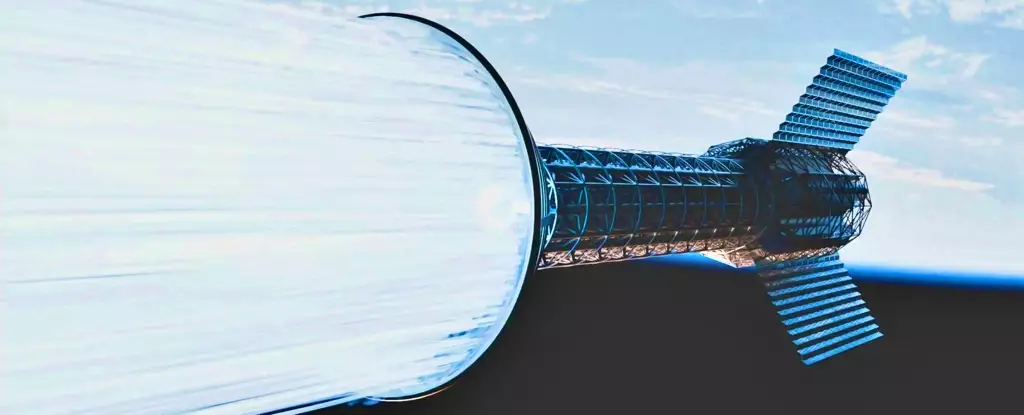NASA has recently allocated $725,000 toward the development of a new rocket system known as the Pulsed Plasma Rocket (PPR). This significant investment is aimed at addressing one of the most critical challenges hindering human space exploration – travel time. The current technology used for missions to Mars would take almost two years for a round-trip, exposing astronauts to high levels of solar and cosmic radiation, zero-gravity effects, and prolonged periods of isolation. These factors pose serious health risks to astronauts during extended spaceflight, making it imperative to find solutions to reduce the duration of these trips.
One of the primary concerns for astronauts embarking on long-duration space missions is the exposure to space radiation. Spending six months in space can result in radiation levels equivalent to 1,000 chest X-rays, increasing the risk of cancer, nervous system damage, bone loss, and heart disease. To mitigate these health hazards, experts emphasize the importance of minimizing the length of the journey. Troy Howe, the president of Howe Industries, has partnered with NASA to develop the PPR, which has the potential to significantly reduce travel time to Mars to just two months, effectively lowering radiation exposure and other adverse health effects.
The PPR is a groundbreaking propulsion system that utilizes pulses of superheated plasma to generate high thrust efficiently. NASA has expressed confidence in the potential of this technology to revolutionize space exploration and expand human reach beyond Mars. With a specific impulse of 5,000 seconds and a thrust of 10,000 newtons, the PPR-equipped spacecraft could travel at speeds of up to 100,000 miles per hour. This rapid acceleration opens up new possibilities for future missions, enabling spacecraft to reach their destinations more quickly and efficiently.
Although the Pulsed Plasma Rocket is currently in the second phase of development, with a focus on engine optimization, proof-of-concept experiments, and spacecraft design for human missions to Mars, it is estimated to take approximately two decades before the technology is ready for crewed missions. Despite the timeline, Troy Howe remains optimistic about the potential impact of the PPR on space exploration. He envisions a future where this revolutionary technology will enable humans to explore the far reaches of the solar system, potentially even reaching destinations like Pluto. The versatility and efficiency of the Pulsed Plasma Rocket hold promise for transforming the future of space travel and inspiring further advancements in human space exploration capabilities.
NASA’s investment in the Pulsed Plasma Rocket represents a significant step forward in overcoming the challenges of long-duration space missions. By leveraging innovative propulsion technologies like the PPR, we are moving closer to a future where human exploration of the cosmos is not only possible but also enhanced by cutting-edge advancements in rocket propulsion. The Pulsed Plasma Rocket is poised to redefine the limits of space travel and usher in a new era of exploration beyond our planet.


Leave a Reply